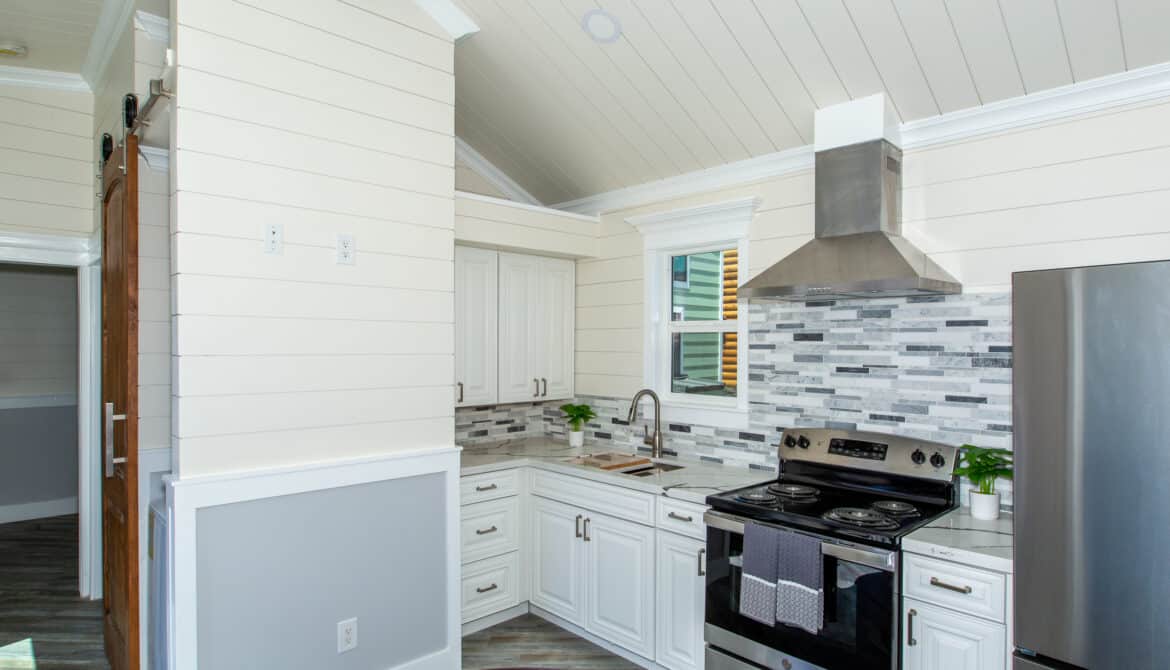Table of Contents
Tiny houses are becoming increasingly popular as an alternative to traditional homes. Many people are attracted to the idea of living in a small space with minimal possessions, while still having all the comforts of a regular home. A key component of any tiny house is its heating system. There are many different types of tiny house heaters available, each with its own advantages and disadvantages. This article will explore the different types of tiny house heaters, their benefits, and important factors to consider when choosing one for your tiny house.
Comprehensive analysis reveals that tiny house heaters offer a variety of benefits, including cost savings, energy efficiency, and convenience. Factors to consider include size, fuel type, and installation requirements.
Types of Tiny House Heaters
Tiny houses require a unique type of heating system. Due to their size, traditional heating systems are often too large and bulky for them. Fortunately, there are several types of tiny house heaters that can provide efficient and effective heating solutions for tiny homes.
Electric Heaters
Electric heaters are the most popular type of heater for tiny houses as they are compact, lightweight, and easy to install. They come in a variety of sizes and styles, from wall-mounted units to portable space heaters. Electric heaters run on electricity and can be powered by either batteries or an electrical outlet. They typically produce low amounts of heat but are perfect for providing supplemental warmth in small spaces.
Gas Heaters
Gas heaters use natural gas or propane as fuel sources to generate heat. They are more powerful than electric heaters and can quickly warm up a tiny house. However, they require a venting system to be installed in order to safely expel the exhaust fumes produced by the heater. Gas heaters also require regular maintenance to ensure that they operate safely and efficiently.
Wood Stoves
Wood stoves offer a traditional way to heat a tiny house but require more effort than other types of heaters. Wood stoves need to be connected to an external chimney or venting system in order to safely expel smoke and exhaust fumes from the house. Additionally, wood stoves need regular cleaning and maintenance in order to keep them running properly.
Solar Heaters
solar heaters use solar energy to generate warmth inside a tiny home. They are usually mounted on the roof or walls of the house in order to collect sunlight during the day, which is then converted into usable energy at night when temperatures drop outside. Solar heaters are eco-friendly and cost-effective but may not be suitable for all climates due to their reliance on sunlight for power generation.
Tiny houses require unique heating systems; electric, gas, wood stoves and solar heaters offer efficient and effective solutions.
Benefits of Tiny House Heaters
Tiny house heaters are an important part of any tiny home, providing the necessary warmth and comfort for its inhabitants. There are several types of tiny house heaters, each with their own advantages and disadvantages. In this section, we will discuss the benefits of the different types of tiny house heaters.
Electric Heaters
Electric heaters are a popular choice for tiny houses due to their low cost and ease of installation. electric heaters require no fuel source, making them more efficient than other types of heating systems. Additionally, electric heaters are generally safe to use in small spaces as they do not produce any emissions or fumes.
Gas Heaters
Gas heaters are another popular option for tiny houses due to their ability to provide reliable heating in cold climates. Gas heaters tend to be more expensive than electric heaters, but they can provide a significant amount of heat in a short amount of time. Additionally, gas heaters can be used with natural gas or propane, making them an eco-friendly option for those looking to reduce their carbon footprint.
Wood Stoves
Wood stoves are a great option for those looking for an old-fashioned way to provide warmth in their tiny home. Wood stoves can provide a cozy atmosphere and require no electricity or gas to operate. However, wood stoves can be messy and require regular maintenance in order to stay in good working condition.
Solar Heaters
Solar heaters are becoming increasingly popular among tiny house owners due to their ability to harness free energy from the sun. Solar panels can be installed on the roof of your tiny home and used to power a solar heater, providing clean energy that is both cost-effective and eco-friendly. Solar heaters also have the added benefit of being able to store excess energy during sunny days for use on cloudy days or at night when there is no sunlight available.
In summary, there are several benefits associated with each type of tiny house heater that should be considered when choosing one for your home. Electric heaters are cost-effective and easy to install while gas and wood stoves provide reliable heating in cold climates and solar panels offer clean energy that is both cost-effective and eco-friendly. Regardless of which type you choose, it is important to consider all factors before making a decision in order to ensure you get the best possible solution for your needs.

Important Factors to Consider when Choosing a Tiny House Heater
When it comes to living in a tiny house, there are many factors that need to be taken into consideration. One of the most important is selecting an appropriate heater for the space. With so many different types of heaters available, it can be difficult to pick the best one for your tiny home. In this article, we will discuss some important factors to consider when choosing a tiny house heater.
Size of the Room
The size of the room is an important factor to consider when selecting a tiny house heater. If the room is too small for a large gas or electric heater, then a smaller unit may be necessary. Additionally, if the room is larger than average, then you may need a more powerful heating system. It’s also important to consider how much insulation the room has as this will affect how much heat needs to be generated in order to keep it warm.
Heat Output
The amount of heat output needed from your tiny house heater will depend on how cold it gets outside and how much insulation your home has. If you live in an area with extreme temperatures, then you may need a more powerful heating system than someone who lives in an area with milder temperatures. Additionally, if your home has poor insulation then you may need a higher powered system in order to keep it warm during winter months.
Installation Requirements
Depending on what type of heater you choose for your tiny home, installation requirements can vary greatly. Some heaters require professional installation while others are designed for DIY enthusiasts. When considering which type of heater is right for your tiny home, make sure that you understand all installation requirements before committing to any particular model.
In conclusion, there are several important factors that should be taken into consideration when choosing a tiny house heater. The size of the room and amount of insulation present are two key factors that should be considered first as they will determine what type and size of heater is necessary for optimal performance. Additionally, understanding installation requirements and heat output capabilities will help ensure that you select the best possible option for your specific needs and budget.
Conclusion
tiny house heaters are a great way to keep warm and save money on energy costs. With a wide variety of options available, it is important to consider the size of the room, heat output, installation requirements, cost-effectiveness, eco-friendliness and safety before making a purchase.
The most popular types of tiny house heaters include electric heaters, gas heaters, wood stoves and solar heaters. Each type has its own unique benefits that should be taken into account when making a decision. Electric heaters are typically more affordable and easy to install, while gas heaters provide more consistent heating and require less maintenance. Wood stoves can provide an efficient source of warmth but require more frequent cleaning and upkeep. Solar heaters are environmentally friendly but may not be suitable for all climates or locations.
Ultimately, choosing the best tiny house heater depends on individual needs and preferences. It is important to do research in order to make an informed decision that will ensure comfort and energy efficiency for years to come.


